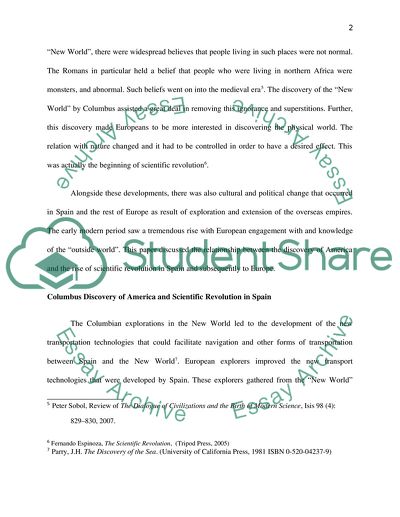Cite this document
(“Discovery of America and the Scientific Revolution in Europe Essay”, n.d.)
Retrieved from https://studentshare.org/history/1638301-let-the-writer-choose-the-topic
Retrieved from https://studentshare.org/history/1638301-let-the-writer-choose-the-topic
(Discovery of America and the Scientific Revolution in Europe Essay)
https://studentshare.org/history/1638301-let-the-writer-choose-the-topic.
https://studentshare.org/history/1638301-let-the-writer-choose-the-topic.
“Discovery of America and the Scientific Revolution in Europe Essay”, n.d. https://studentshare.org/history/1638301-let-the-writer-choose-the-topic.


